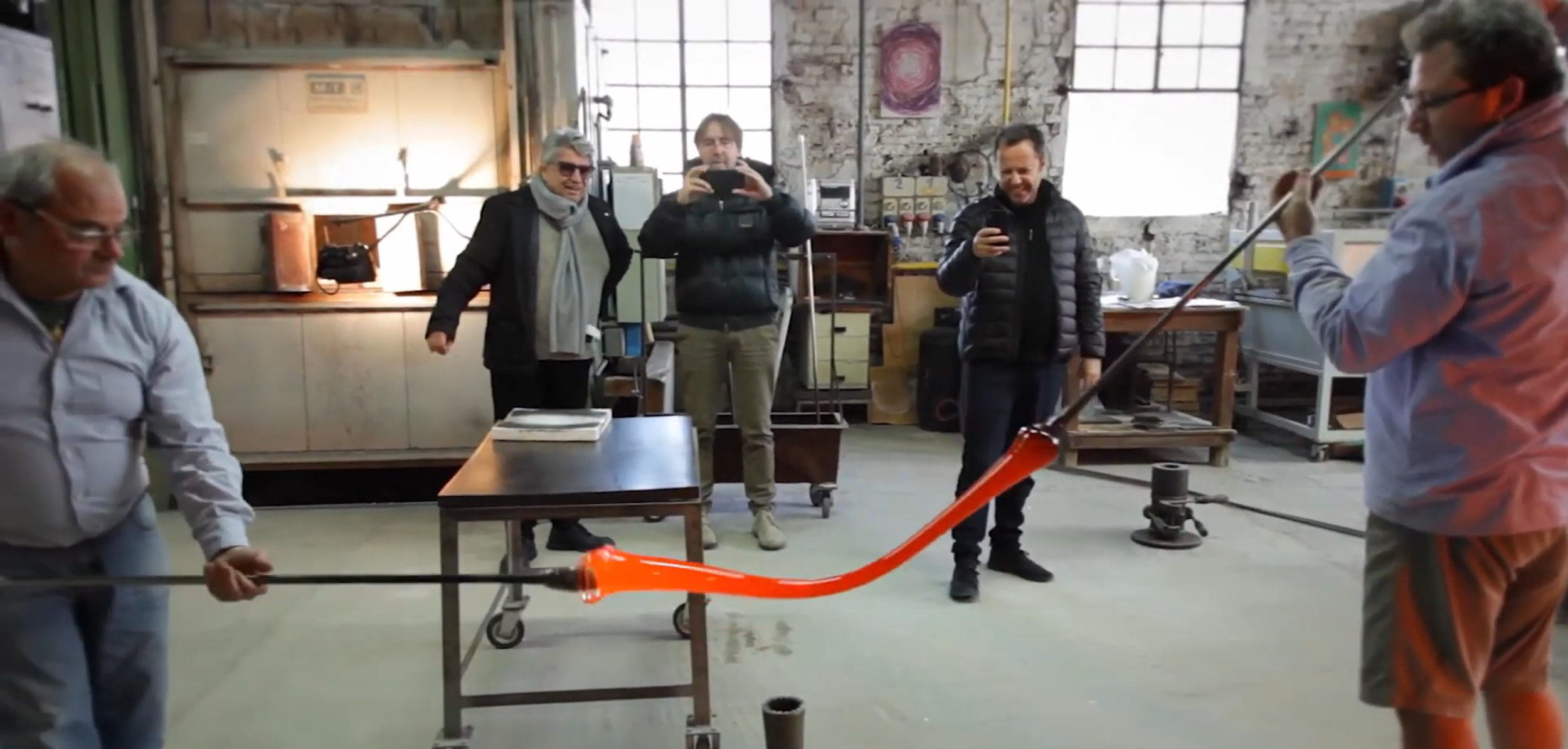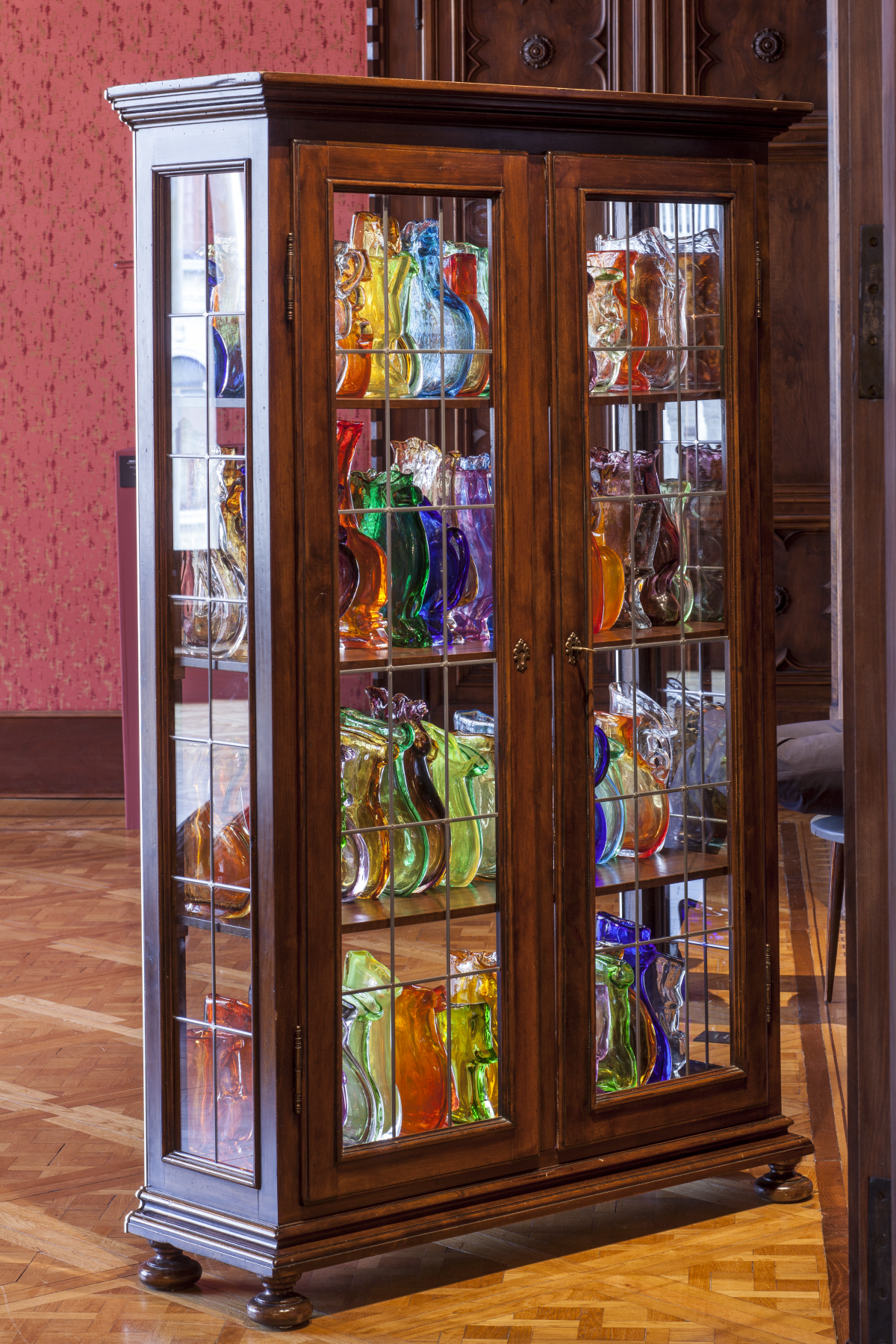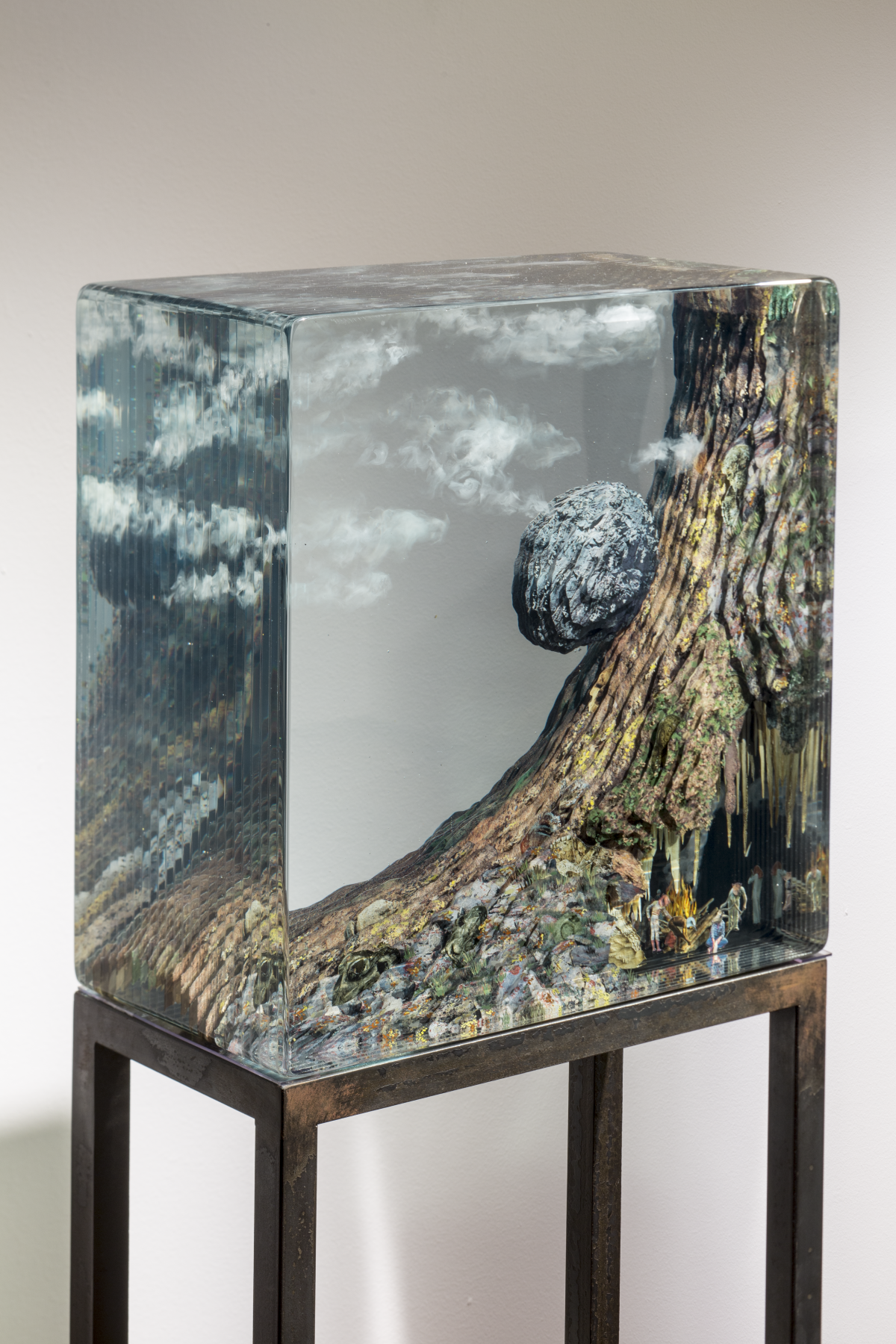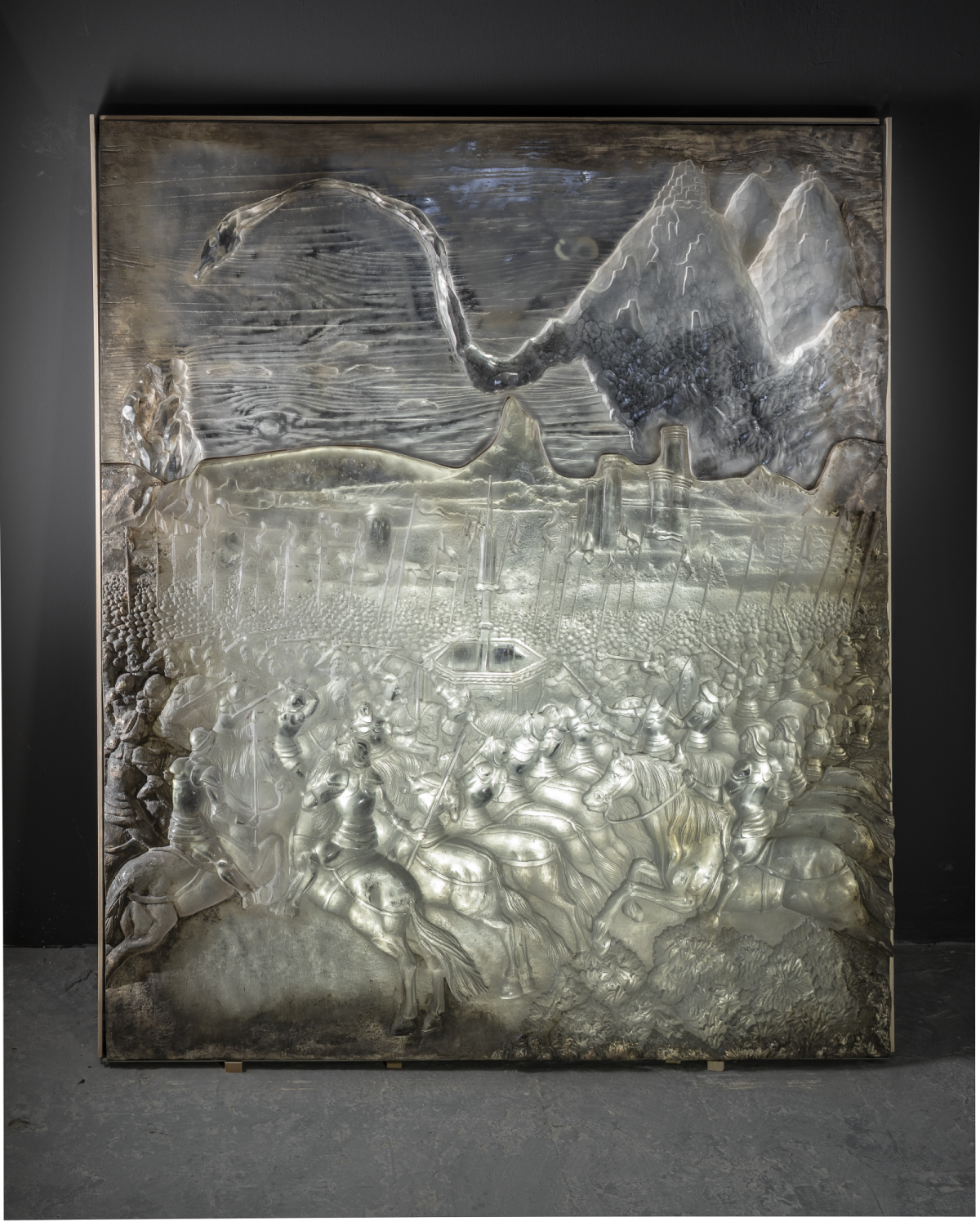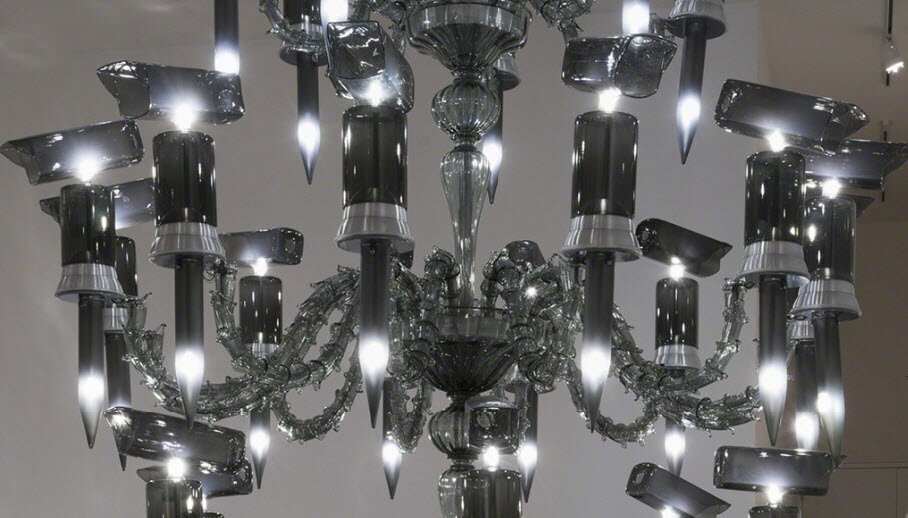While Venice, a world-mecca for glass art, became a famous casualty of the pandemic, the fires of one of her most famous glass workshops stayed white hot.
In the belly of Adriano Berengo, the workshop’s boss, a determination ran equally hot throughout the pandemic; a determination to ensure his 36 master glass makers remained employed, a determination to continue to put on events, and a determination to continue to prove to the art world that glass is not just a medium for applied art, but contemporary art at its highest form of expression.
Studio Berengo’s famous exhibition, Glasstress, has arrived in Boca Raton Florida for a 9-month stay, in which pieces from 34 different artists seek to capture the challenges faced by Venice — and the world, in modern times.
Themes such as racial injustice, censorship, climate change, and oppressive governments characterize the pieces, which as well as featuring brand new ones, include a greatest hits collection from past Glasstress exhibitions from 2009 to 2017, during which Studio Berengo has seen it go to Beirut, Stockholm, New York City, and other cities.
“Glasstress has different meanings: the first meaning is that to invent history took me a lot of stress!” Berengo tells WaL. “Also, stress, when you make any piece of glass you develop inside the material a stress, which can be measured by the way”.
“When I started to do this job, this dream, I started to go into the art world, and the art world is very difficult because you see when you speak about glass in the art world they look at you with a certain suspicion”.
A true Venetian, Berengo maintains a workshop on Murano Island, birthplace of the centuries-old tradition of Venetian glassmaking, which was in part honored with the designation of Intangible World Heritage last year by UNESCO.
“Glass is still a material for applied art, for craft, or decoration, or in the best of situations for functionality— the chandelier, the lights,” says Berengo. “So to use glass for art, it’s been difficult for me. Well this has happened over 35 years ago, so this is one of the reasons I had a lot of stress; to impose to the art world that glass can be a wonderful material for contemporary art”.
